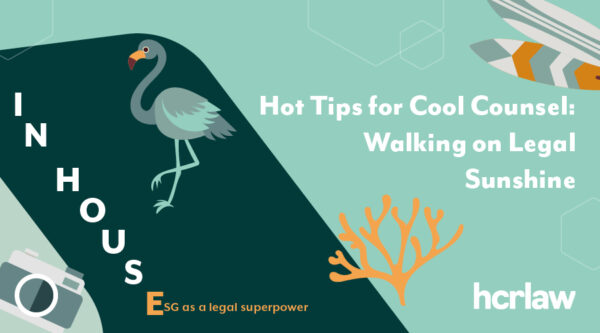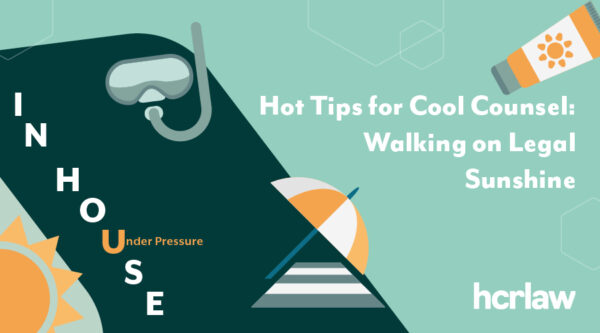

In the last year there has been a marked increase in the number of trade mark applications covering digital assets (such as NFTs), cryptocurrency and virtual goods and services connected to the metaverse.
What is a trade mark?
A trade mark is a sign that allows consumers to distinguish your goods and services from those of another entity. It is often a business’ most valuable asset. A registered trade mark gives the owner a monopoly right to use the mark, in relation to the goods and services it covers, and a strong defence against infringement.
Most trade mark applications are for names or logos, but you can also apply to register colours, shapes, sounds, smells and many other distinctive signs connected to a business.
For a trade mark to be considered registrable it must not be descriptive of the goods and services it covers; for example, you would not be able to register a trade mark for “Cake Shop” if your business sold cakes.
When filing a trade mark, you submit specifications which list the goods and services the mark is to cover. There must be a bona fide intention to use the trade mark for those goods and services and owners are given a period of time where they must be able to show use or risk having their trade mark revoked for non-use (in the UK this is five years from registration).
When filing trade mark applications, many businesses are now considering whether they should include goods and services relating to NFTs and/or the metaverse.
Recent notable filings
Keeping an eye on trade mark registers can provide insight into where a business is looking to expand its brand coverage. In recent months brands such as McDonalds, L’Oreal, Ralph Lauren, Nike and Snoop Dogg have filed trade mark applications covering digital assets for use in virtual worlds. Snoop Dogg went as far as announcing that he plans to run Death Row Records (which he recently acquired) as an NFT label: “We will be putting our artists through the metaverse and through a whole other chain of music”. He went on to say: “I want to be the first major in the metaverse, so Death Row will be an NFT.”
Trade mark infringement
Trade mark infringement occurs when there is unauthorised use of a mark that is identical or similar to a registered trade mark, by any third party, on any goods or services identical or similar to the goods or services covered by the registered mark. Trade mark infringement can also occur when there is unauthorised use of a mark that is identical or similar to a registered trade mark by any third party, where the registered trade mark has a reputation and the use of the infringing mark takes unfair advantage of, or is detrimental to, the distinctive character or the repute of the registered trade mark.
Trade mark infringement claims are now being directed at NFTs, with a high-profile lawsuit having been filed in the US by Hermès, against artist, digital creator and NFT creator Mason Rothschild, who designed 100 digital faux fur handbags and called them METABIRKINS.
The lawsuit claimed that the METABIRKIN NFTs diluted the distinctiveness of Hermès’ BIRKIN trade mark and that Rothschild is confusing consumers about the source and/or nature of the digital artworks tied to the NFTs. The case is still ongoing, but the verdict is eagerly awaited to see how the court treats Hermès’ ‘real world’ trade mark rights (for tangible products) when the brand does not offer up NFTs or virtual goods of its own.
This is an evolving area of law, and it is advised that businesses seek legal advice when looking to protect their brand to ensure this is done robustly.










